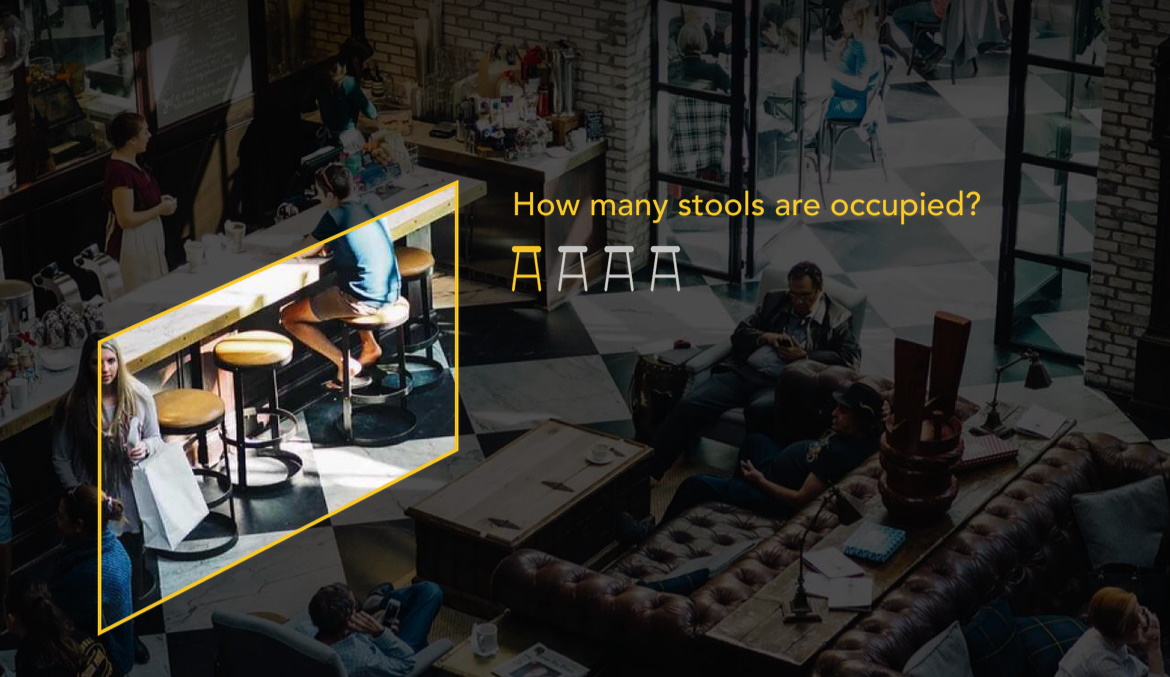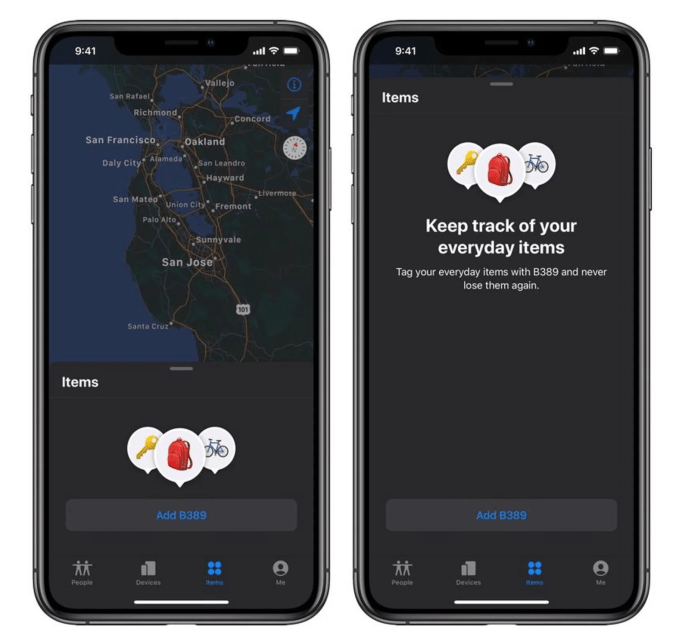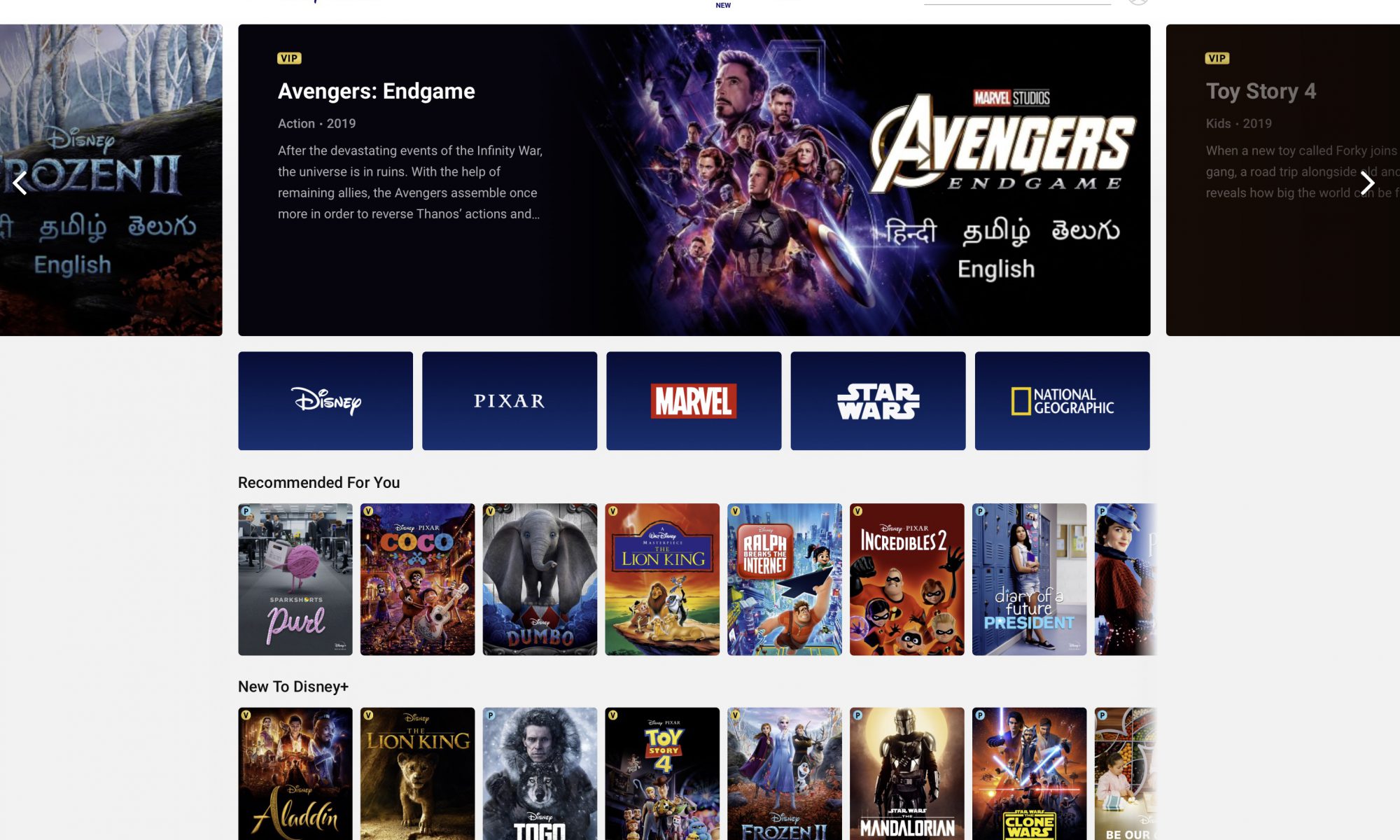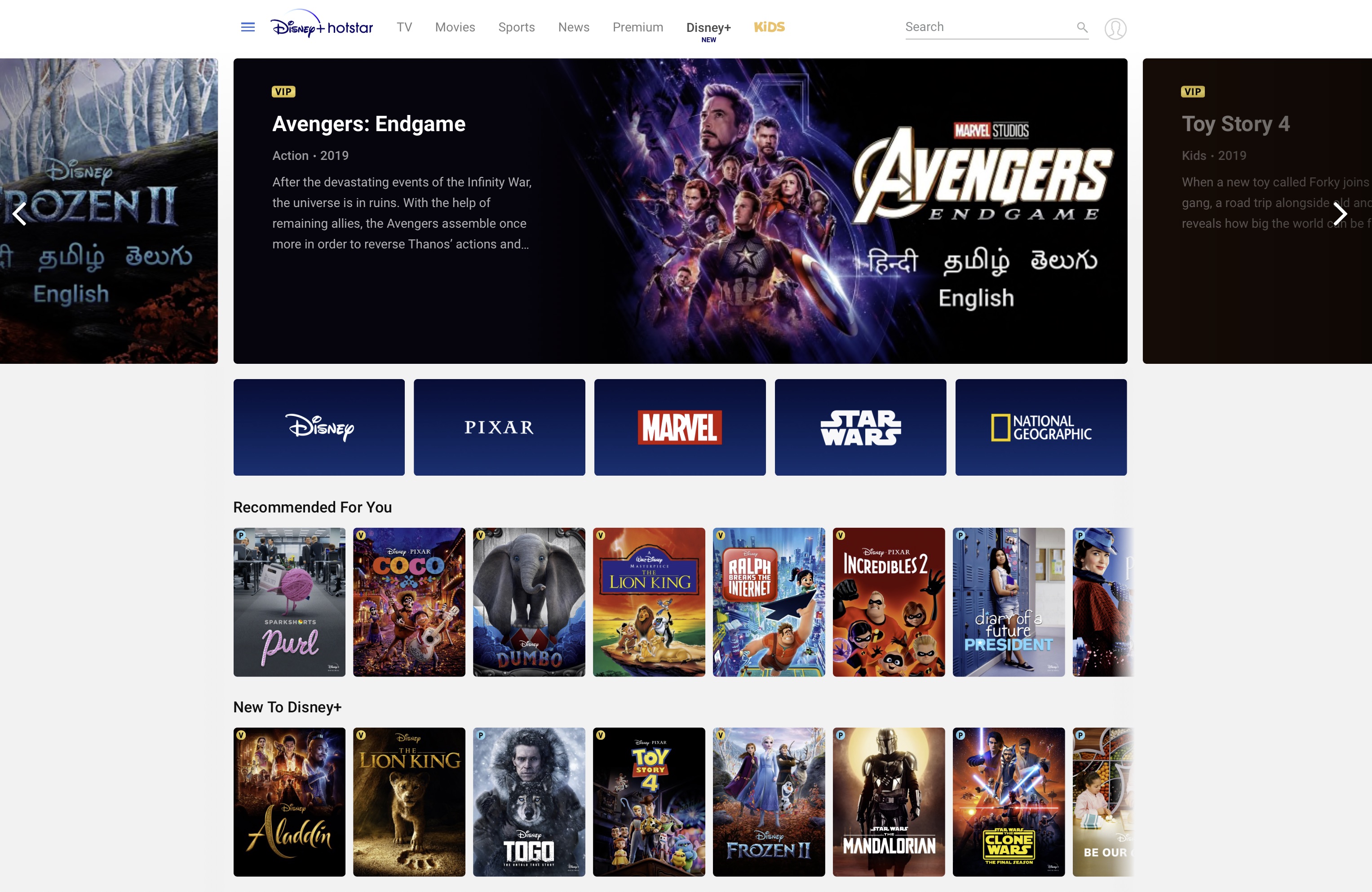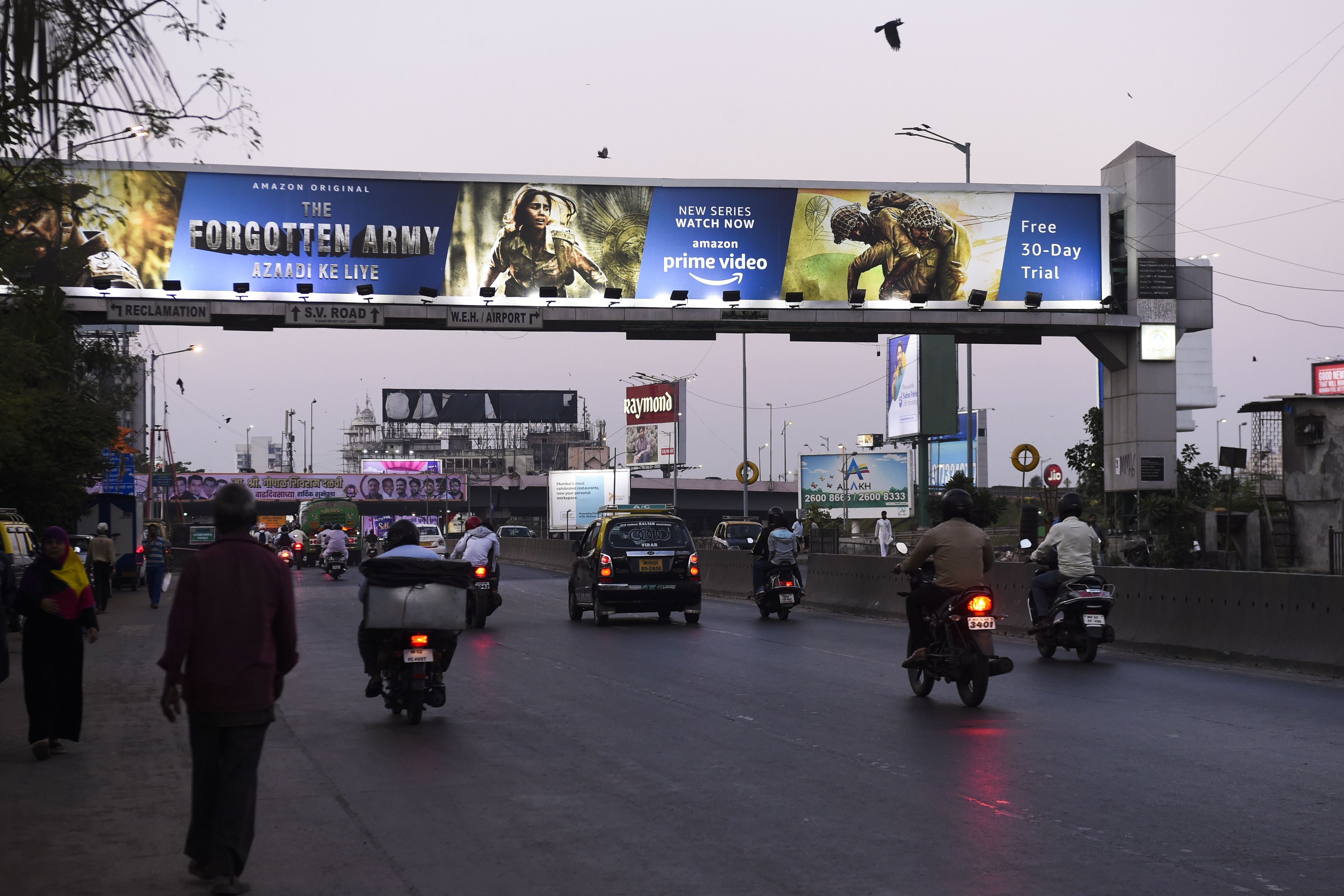We’re now several weeks into what has become a very big dip for the global economy due to the coronavirus pandemic, but amidst that, we are seeing are some notable pockets of investment activity emerging that will help shape how the future startup landscape will look. Today, one of the biggest venture capital firms in the world announced the closing of a huge fund, money that it will use in large part to help its portfolio businesses weather the storm.
Insight, the firm that has backed the likes of Twitter and Shopify and invests across a range of consumer and enterprise startups (400 in all), today announced that it has closed a fund of $9.5 billion, money it will be using to support startups and “scale-ups” (larger and older startups that are still private) in the coming months. Investments will typically be between $10 million and $350 million, “although larger transactions are also possible,” the company said.
“First and foremost, we want to acknowledge the current climate and the hardships being felt across the globe,” said Jeff Horing, Insight Partners’ founder and MD, in a statement. “We are thankful and humbled by the support of our investors which enables us to continue to deliver world class resources during turbulent economic times. Fund XI gives us continued flexibility to provide the combination of capital and operating support that suits the different needs of every software company in a dynamic world.”
This fund, numbered XI, brought in a number of returning backers alongside new investors, and it is record-sized for the company. It also appears to have been oversubscribed, since back in November when it was launched the fund was estimated to be worth just over $7 billion. All the more impressive, too, is that it closed just this week, at a time when many startups are starting to feel the pinch of a business downturn, and are either laying off staff or freezing hiring to curtail costs, leading investors to get a little shaky.
Insight’s fund is a signal of two themes. One is that there are, even now, some silver linings, where particular business areas are seeing huge surges of activity (videoconferencing to connect all the people now sheltering in place at home; those helping keep food delivery operational; entertainment streaming companies; and those focusing on medical research or telehealth are just five categories seeing a positive impact; there are more). This fund will help Insight invest in these opportunities to help these businesses grow to meet the demand.
The second theme is a little less upbeat but still important, and that is the fact that there are a number of very promising ideas out there that have already been backed by VC money, which will not survive the current economic crunch without some support. VC money will likely be used in a very targeted way to help in those situations, alongside more fiscal belt-tightening and other funding means (for example, loans that the U.S. government will be issuing via the CARES act to help small businesses get through lean times brought by the coronavirus pandemic).
Indeed, a spokesperson said Insight will be “hyper-focused on supporting its portfolio companies” with ongoing and near-future funding.
We’ve reached out to see if we can get more detail on how new investments, versus reinvesting in existing portfolio companies, will figure in future funding, and we’re also asking if there are specific categories that are of particular interest at the moment. We’ll update this post as we learn more.
“Since our first investment 25 years ago, the global software ecosystem has matured even as it continues to innovate, spurring Insight’s own innovation in sourcing, and our data-driven partnership approach to working with ScaleUp companies as a minority or buyout investor,” said Managing Director Deven Parekh. “We are grateful that through economic cycles and unprecedented circumstances, Insight Partners remains a sought-after institutional platform for supporting next generation software companies.”
In a separate letter to investors, Horing and Parekh also noted the complicated climate of the moment — which includes not just the challenge of VCs raising funds right now amid a climate of LPs also feeling the crunch, but also the fact that not all startups will be able to rely on all their investors to support them through these challenging times. Tough decisions will need to be made at all levels.
Source: Tech Crunch





